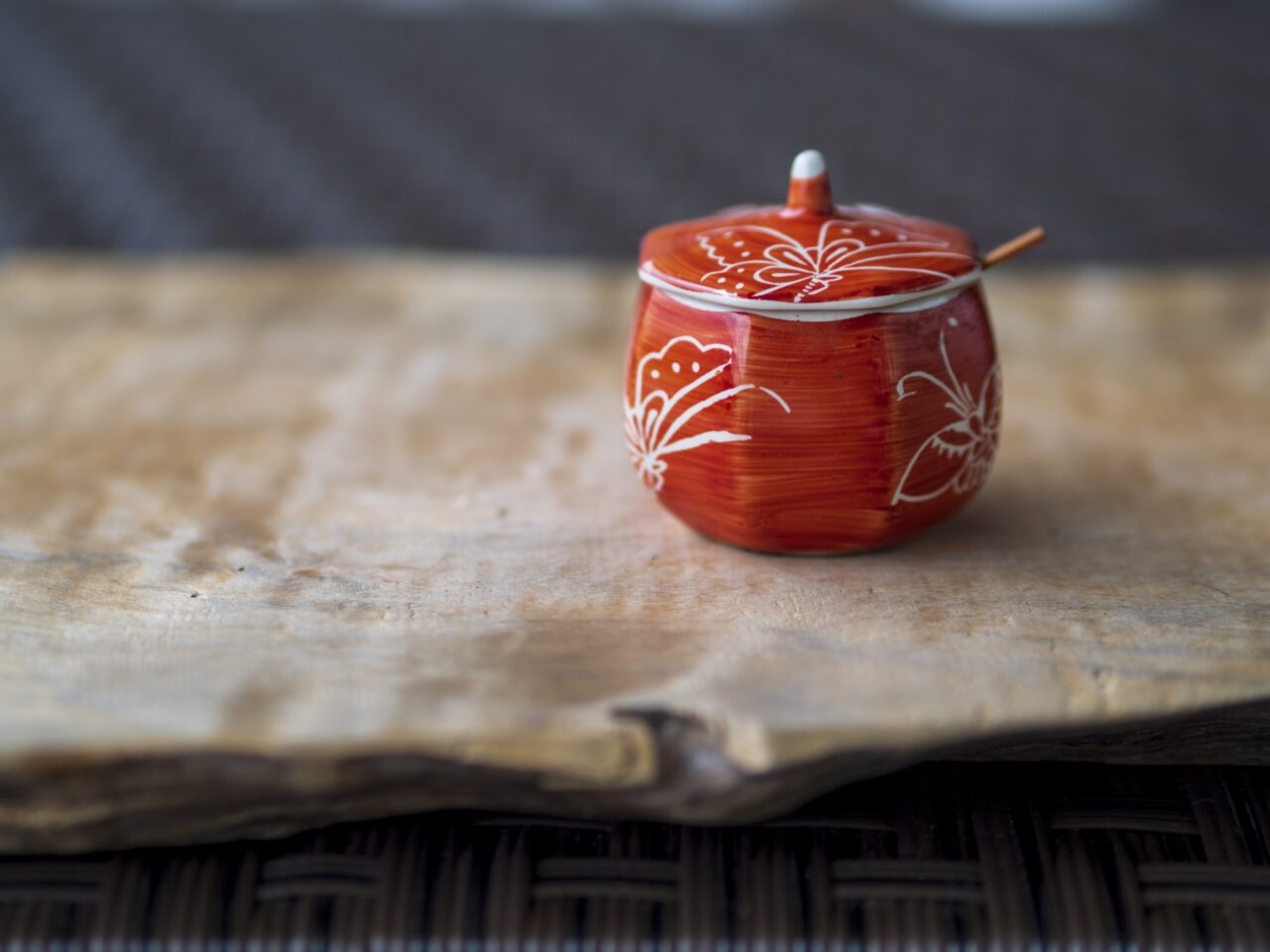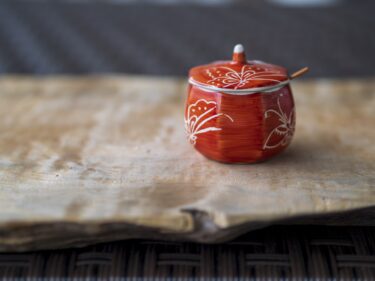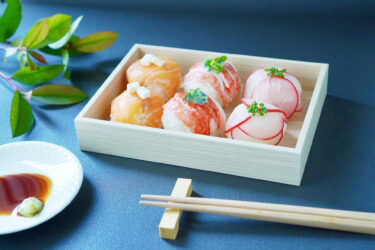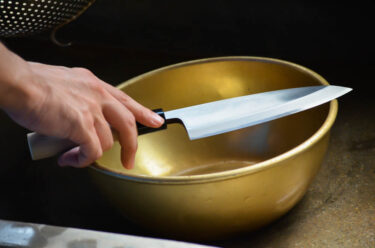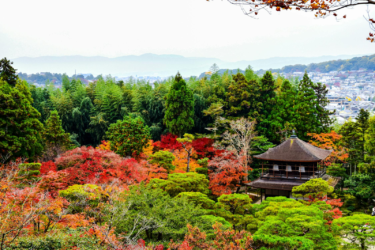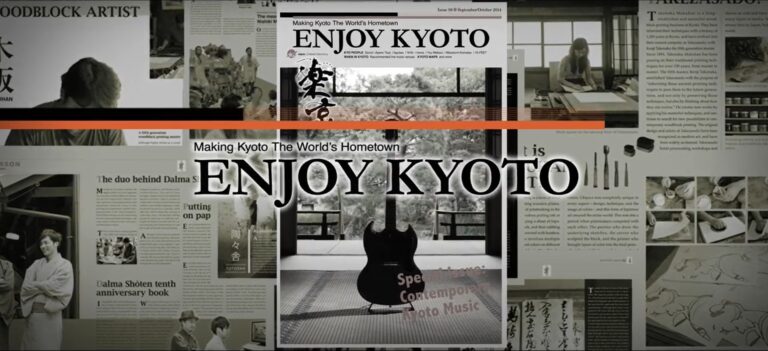If you have an interest in Japanese pottery, Kyoto is a fantastic place to learn more, whether to see pieces in galleries or museums, purchase some beautiful, locally-made pieces to take home with you, or even try your hand at some pottery techniques yourself. Here, the techniques have been passed down through centuries, and the commitment to craft you’ll find in the final pieces shows.
History and development of Kyoto Ceramics
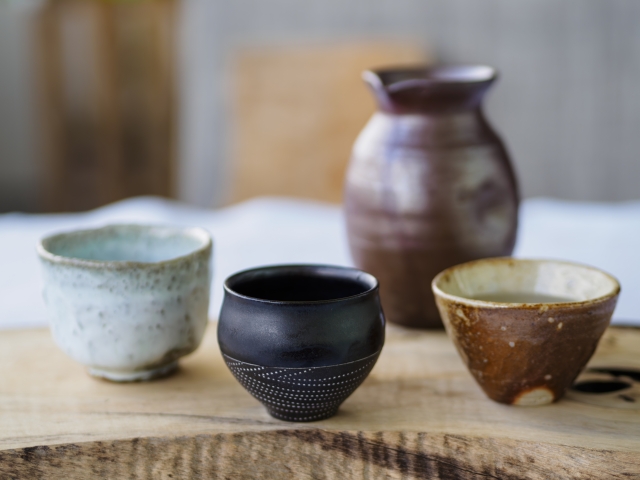
Kyoto’s ceramic history is deeply intertwined with its cultural and artistic heritage. The city’s ceramic tradition dates back over a thousand years, with influences from various regions and periods shaping its distinctive styles.
One of the key factors that propelled Kyoto’s ceramics to fame was the rise in popularity of the tea ceremony during the Muromachi period (14th to 16th centuries). The tea ceremony, or chanoyu, emphasized simplicity, tranquility, and the appreciation of objects crafted with care and skill. This philosophy led to the development of ceramics that were not only aesthetically pleasing but also functional and in harmony with the principles of tea ceremony.
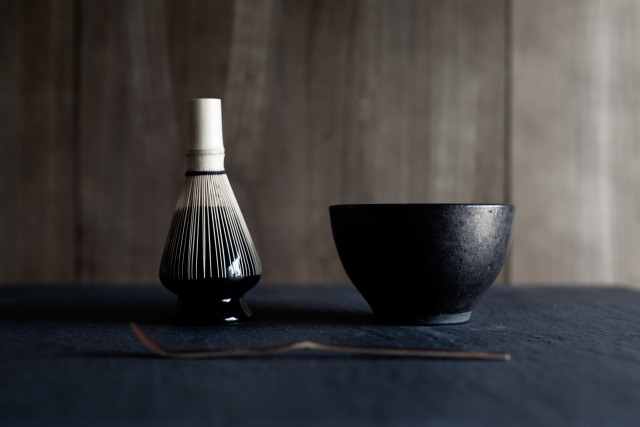
During this period, potters in Kyoto began producing tea utensils such as tea bowls, tea caddies, and water jars that reflected the ideals of wabi-sabi, a Japanese aesthetic that finds beauty in imperfection and impermanence. This marked the beginning of Kyoto’s signature ceramic styles, including kyo-yaki and kiyomizu-yaki, which continue to be highly regarded to this day.
Types of Kyoto Pottery and Ceramics
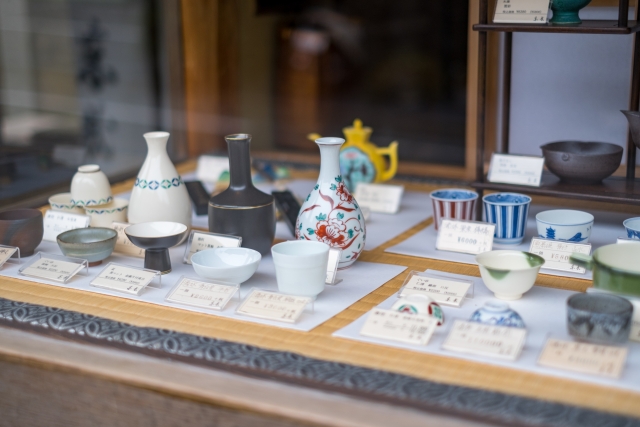
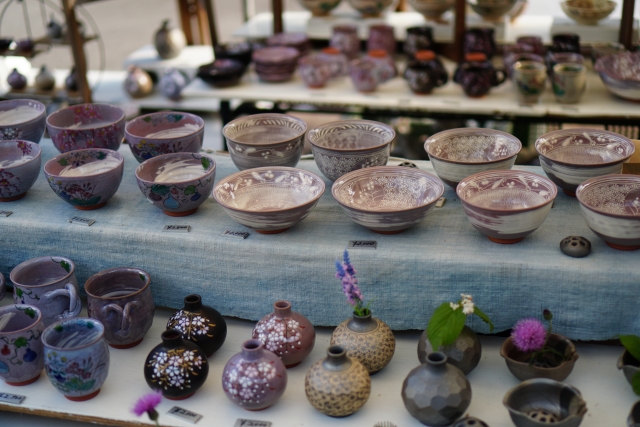
Kyoto ceramics encompass a wide range of forms and styles, but they are most often classified by where they are produced. Ceramics produced in Kyoto are typically known as kyo-yaki or kyo ware. Another name you may hear is kiyomizu-yaki or kiyomizu ware, which originally referred to ceramics produced in kilns on the hillside that leads up to the famous Kiyomizu-dera Temple.
The hillside is even referred to as “chawan-zaka,” literally, “rice bowl hill,” as it was so well known for its pottery production.Nowadays, you may hear the terms kyo-yaki and kiyomizu-yaki used somewhat interchangeably to refer to ceramics produced in Kyoto. One thing you can count on is a wide variety of styles, glazes, colors, and other techniques used across the pieces.
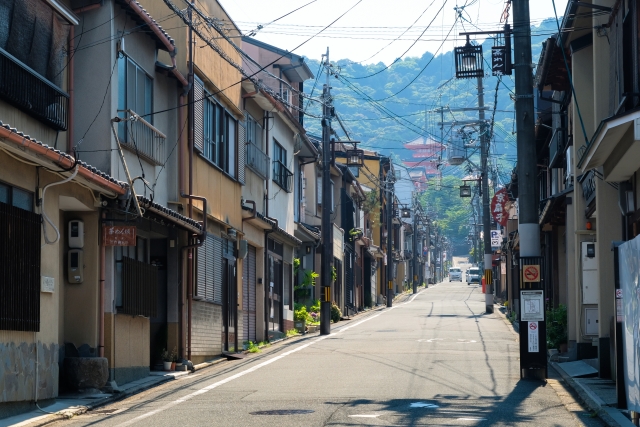
Notable Ceramic Museums in Kyoto

Kyoto Ceramic Center
This gallery and shop showcases a diverse collection of traditional and contemporary ceramics. Located on Gojozaka, the so-called “rice bowl hill,” the center is right in the middle of Kyoto’s historic ceramic center, and also features a shop. If you visit at the right time, you may even be able to catch a show by a local potter.
Kyoto Ceramic Center Website (English): http://kyototoujikikaikan.kyoto/
See location on Google Maps.
Kiyomizuyaki no Sato Museum
A museum and workshop located near the Kiyomizu-dera temple. Here, visitors can learn about Kiyomizu-yaki pottery, a signature style of Kyoto, and even try their hand at pottery making under the guidance of skilled artisans.
See location on Google Maps.
Kyoto Seiyoukai
This is a potters’ association, featuring many locals works on exhibition, as well as for sale. You can also find pottery workshops available here (more information on the website below).
Kyoto Seiyoukai Website (English): http://en.seiyoukai.com/
See location on Google Maps.
Even more exhibitions can be found at the Kyoto National Museum and often at the National Museum of Modern Art, Kyoto.
Where to buy Kyoto Ceramics
Depending on the shop and the neighborhood, you can find a wide selection of ceramics, ranging from traditional to contemporary, catering to different tastes and budgets. (Be sure to see the museums and exhibition centers above for other shopping options)
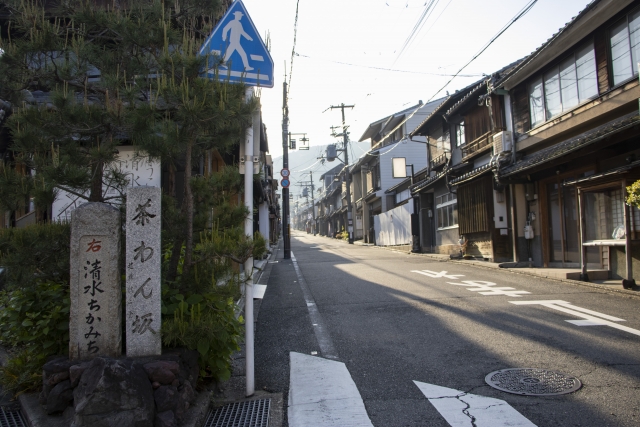
In Kyoto, several neighborhoods offer unique shopping experiences for ceramic enthusiasts. Gojozaka, located near the iconic Kiyomizu-dera Temple, is renowned for its kiyomizu-yaki pottery. The slope leading to the temple is lined with shops selling beautiful porcelain wares. If you want to take a unique souvenir home, you’re sure to find it in the birthplace of this type of pottery.
Teramachi-dori, a bustling shopping street in central Kyoto, offers a variety of goods, including ceramics. Here, visitors can find both traditional and modern ceramic pieces, perfect for gifts or personal collections. It’s also fun to stroll down the avenue and peruse the mix of contemporary shops and long-time staples tucked in between.
Alternatively, you can visit the Kyoto Handicraft Center near Kyoto Station. This one-stop destination offers a wide selection of traditional handicrafts, including ceramics from different regions of Japan, including Kyoto. The center also provides workshops where visitors can learn about traditional crafts and create their own ceramic artworks under expert guidance.
Kyoto ceramics are not merely objects of beauty; they’re a tangible link to Japan’s rich cultural heritage. The craftsmanship, techniques, and aesthetic sensibilities that define this art form have been passed down through generations.
By supporting and valuing the work of Kyoto ceramics artisans, we contribute to the continuation of this ancient craft. Whether it be through collecting, displaying, or simply admiring these pieces, we play a part in ensuring that the legacy of Kyoto ceramics lives on.

